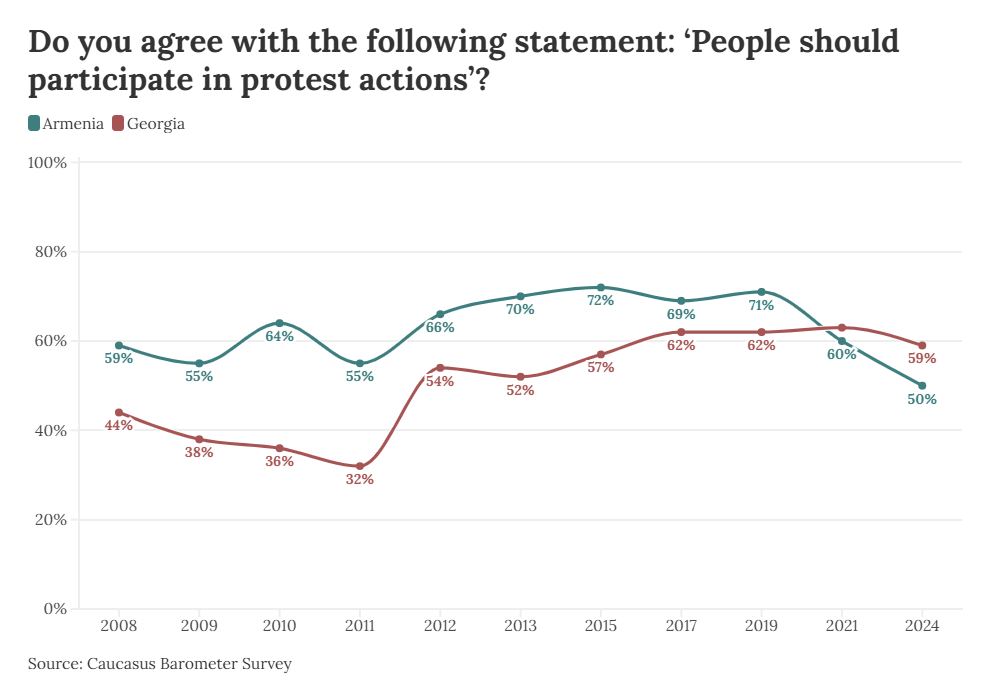One way of tracking how organised migrants abroad are is simple — just check the web. During a less exciting conference presentation, we browsed how the people from the Caucasus represent themselves — checking Germany and Switzerland, since these are less likely to offer a plethora of sites. As you might have guessed, Armenia stands out with the most organised webpresence. Let’s look at what they are up to.
Armenien.am is very active, with a forum, and many events, And once you see that there is a “flirt area”, the Armenian-Rhenish boat party will not really surprise you.
Certainly an active community!
In Switzerland, Hayastan.ch stands out. This is a Zürich group, young, with soccer games, volleyball, singing, an Armenian Summer Camp in Tessino, and a weekly language school. Knowing Switzerland well, I couldn’t help noticing some very Helvetian traits, and not just in the fondue evenings. The website symbol combines the Zurich Churchtowers with Armenian colours
And then there is another Swiss group, too: more francophone, more political, with a lobbying component, for example asking Swiss election candidates for a detailed response on Armenian issues. Surely a balancing act for politicians, since there are Turkish voter groups as well.
You find them here. And again, some peculiar components: their major support the homeland project is… solar electricity.
Last stop, Armenien.de. A neat, professional site, based in Cologne, referring to local communities around churches, structured as incorporated associations. According to that site, there are 40.000 Armenians in Germany.
This isn’t even exhaustive, just some snapshots. Next post: Georgian groups. They certainly are less visible. A Google search for “Zentralrat der Georgier” (roughly: “association of Georgians”) returns:
No such Georgian hits! We are right back with the Armenian Central Council in Germany. It appears that in migration, the two cultures take very different directions in the level of their organization.
Ideally we’d like to measure that. Any creative suggestions how? (Number of mobile entries in migrants’ mobile phones? Internet/Skype usage?)
















